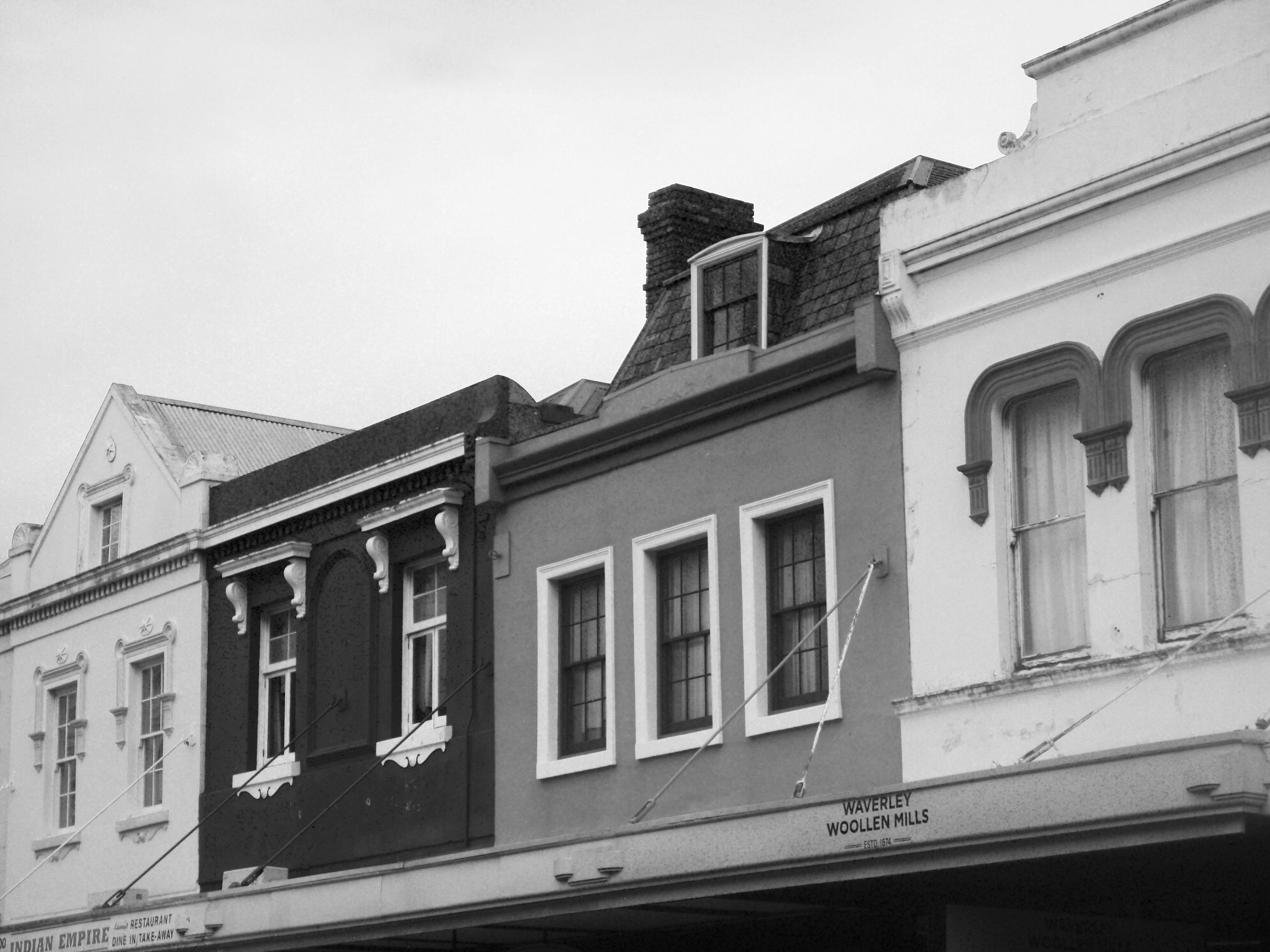Australian artist, Rox De Luca, is one of many who have been subject to censorship. Unlike the Henson case, however, the censorship De Luca was subject to was from a community level, rather than a political one. Twenty years ago, De Luca had three works stolen from an exhibit in the library of the University of New South Wales. Below she describes the experience:
Q: In relation to your works removed from the library of the Uni of New South Wales in 1994, could you please describe the pieces.
A: The works were collaborations between my mother and I. I had originally painted these quirky, cheeky, sexy self-portraits, oil on aluminium, for an exhibition called Vegitalia, 1993, the theme being a play on genitalia and my Italian heritage. I encouraged my mother, in her late 60s at the time, and a painter herself, to respond to these self-portraits for the context of an Italo-Australian themed exhibition at the Uni of NSW.
My mother did work on these paintings, using writing, in Italian words. They were warnings and concerns, adding her parental tones of worry upon the work. This made the work even more pungent. Me, a 30 something year old 1st generation Italian woman painting about sexuality, identity and humour – overlaid with the worrying words of an Italian-born mother!
The exhibition was held in a very public University Library, where the exhibition was peripheral to the Library’s activities. There were rumours that as soon as my work was displayed on the wall of the library, workers (and even one of the other exhibitors in the show) expressed concerns about the work. (And that one of the Library staff went home “sick”!).
Q: How was the removal of your work justified and how did you fight back?
A: It was a long time ago, but from memory, the situation was ridiculous! – I will try to explain it here for you… After the opening, during a Saturday early afternoon, I think, very discreetly, someone managed to walk into the library and remove all the 3 works without any of the University Staff noticing, or alerting Security. The works were not tiny; each was 100 cm x 77cm on board! It was only because one of the other exhibitors went to the Library to view the exhibition that they “wondered if I had taken my work”. I said “NO!”, and then I realized that the works had been taken! The University Library did have video surveillance at the time, however, unfortunately, their video erased the footage that had been filmed earlier in the day, so there was no evidence of the theft. The rest is hazy. It was basically a battle between myself and the university. I was aware of the Arts Law centre at the time and I sought their professional expertise. We pursued the matter and managed to get compensation on the basis that the works were stolen under their care. It was very important to me to have the support of professional artists and peers, i.e. organisations like NAVA and ARTSLAW, gave me guidance to pursue the matter of the stolen paintings.
It was very unfortunate. The works meant a lot to me and now even more so, as my mother passed away in 2001.
Q: It certainly does sound like an unfortunate situation to be in – it is however, a very powerful demonstration of the restrictions and sanctions imposed on artists, both of which are central elements of my inquiry. In my research, I have read that some of the most powerful restrictions for artists is the fear of having work censored, or perhaps worse, stolen in your case, rather than the set laws. How has this event affected and you as an artist and shaped your works since then?
A: In retrospect, I realize that the location of the exhibition was problematic i.e. very casual, disinterested in the exhibition and what it represented for us, the artists. It was more that the University and the conservative atmosphere of the Library at that time, didn’t take the exhibition or the loss of my paintings seriously.
Looking back, we were bright-eyed and bushy-tailed artists, who were desperate to exhibit our work and perhaps not as focused on how the show was put together, what guidelines were in place – for the Curator, the venue, the artists, insurance, loss of work etc. etc. etc. I have tried to anticipate the complex issues surrounding participation in exhibitions since, yes, definitely – although sometimes the unheard of happens and it is not something that is included in the “terms and conditions” that are given to the artists. I have continued to paint and make artwork. I know that for some artists a difficult situation – i.e. loss of the work, or censorship or problems with audience, can lead to the “self-censorship” approach to making art, that they consciously avoid certain subjects or themes so as not to offend. My work continued along after this point, and I wasn’t afraid to paint body parts, and works that were sexually charged. They didn’t get the same attention because they were in the context of an art gallery, I guess.
Q: Have you got any advice for artists in relation to avoiding censorship?
A: Read the ART CENSORSHIP GUIDE by NAVA! I guess you need to ask yourself if the works are potentially problematic, and how, and why, and what context you want the works to be presented in, and indeed, if they might offend or upset someone, to perhaps indicate a disclaimer or a warning sign. Sometimes, for example, user-friendly text accompanying an exhibition of works can explain the nature of the work, and help soften the reading of challenging imagery.
